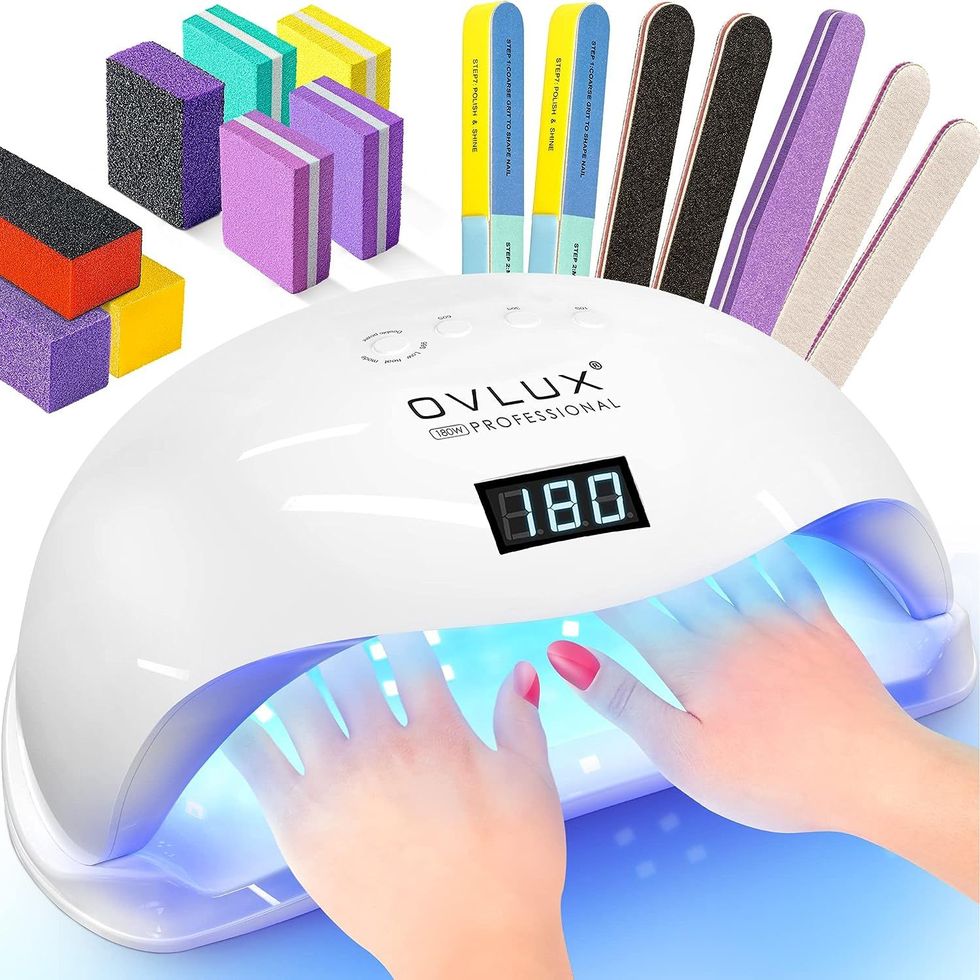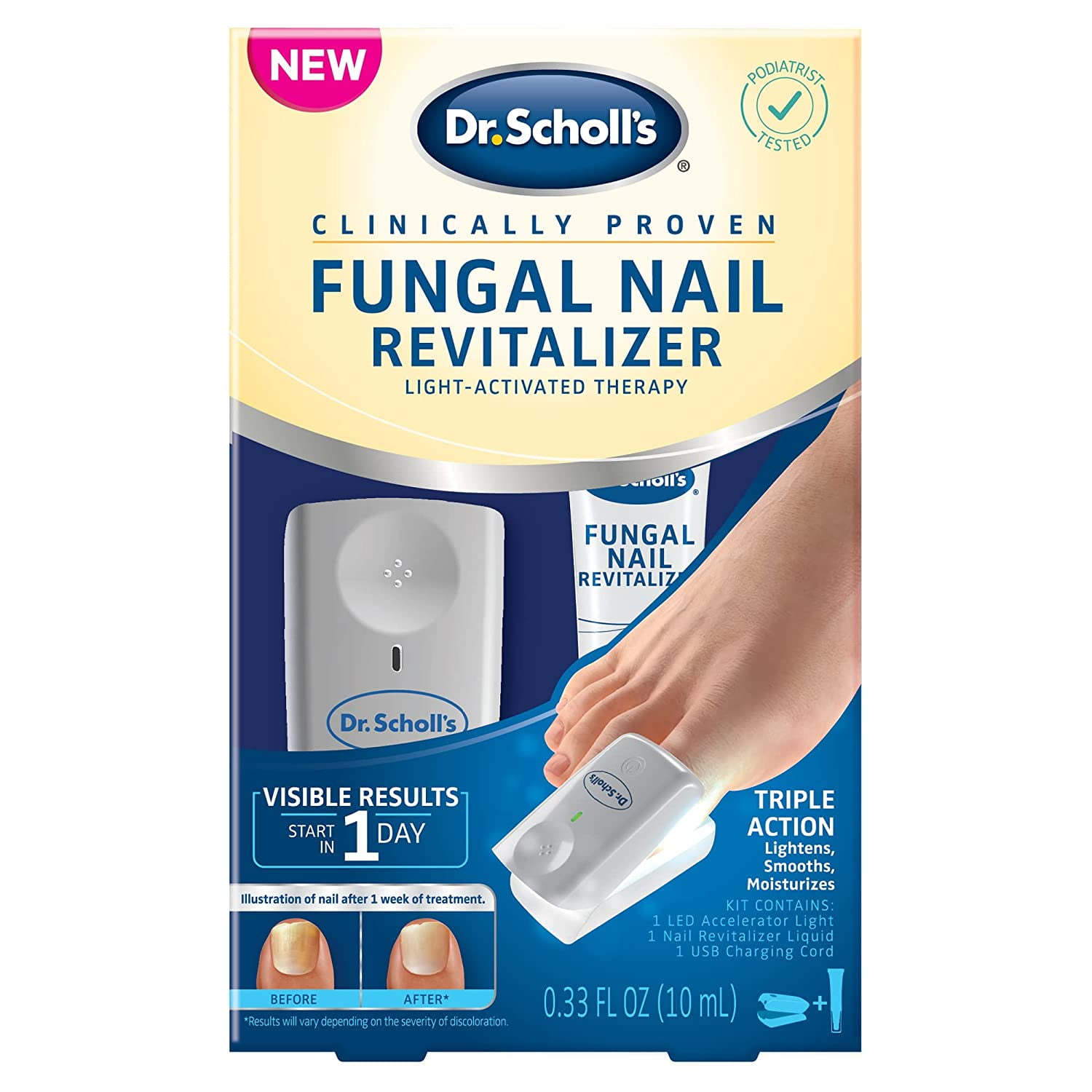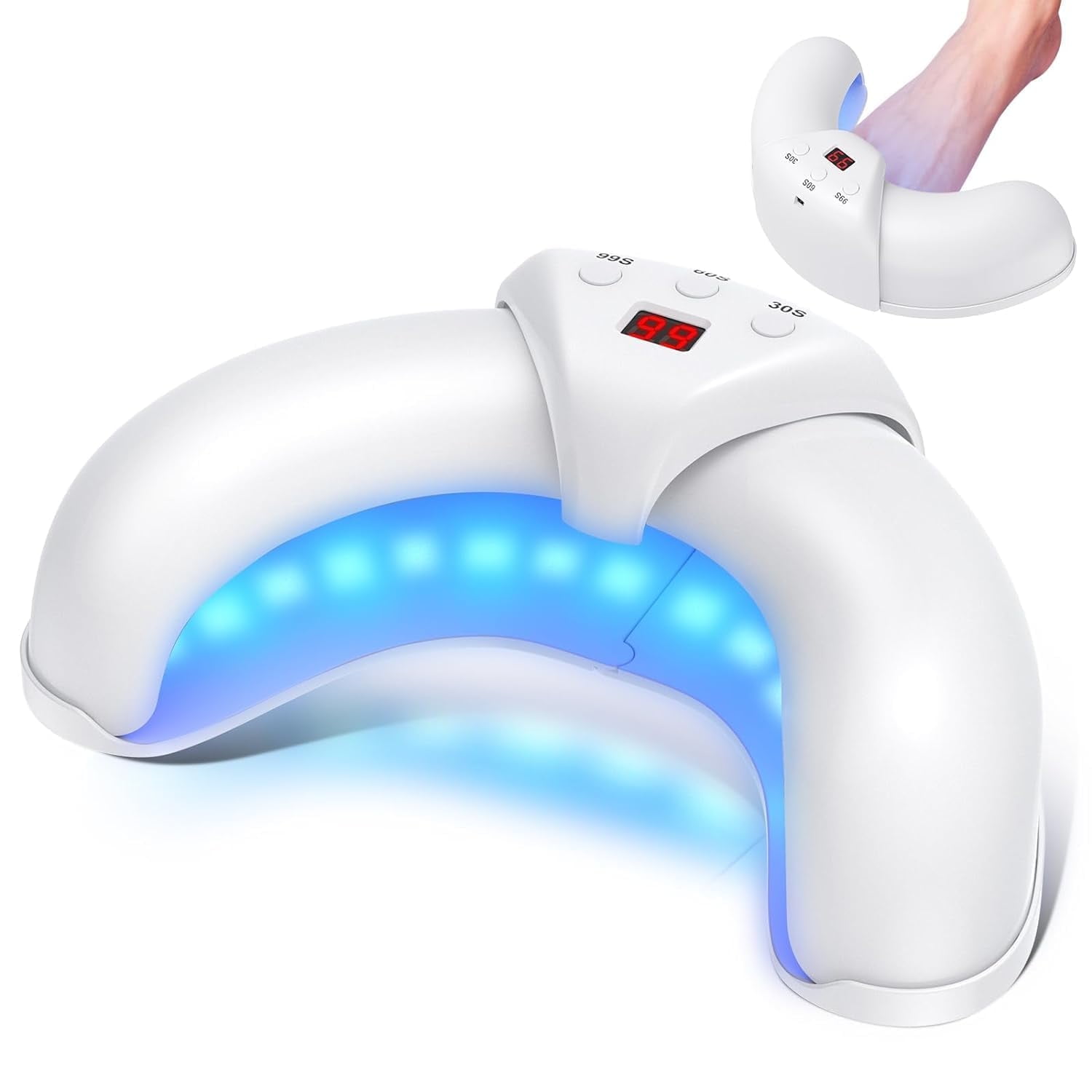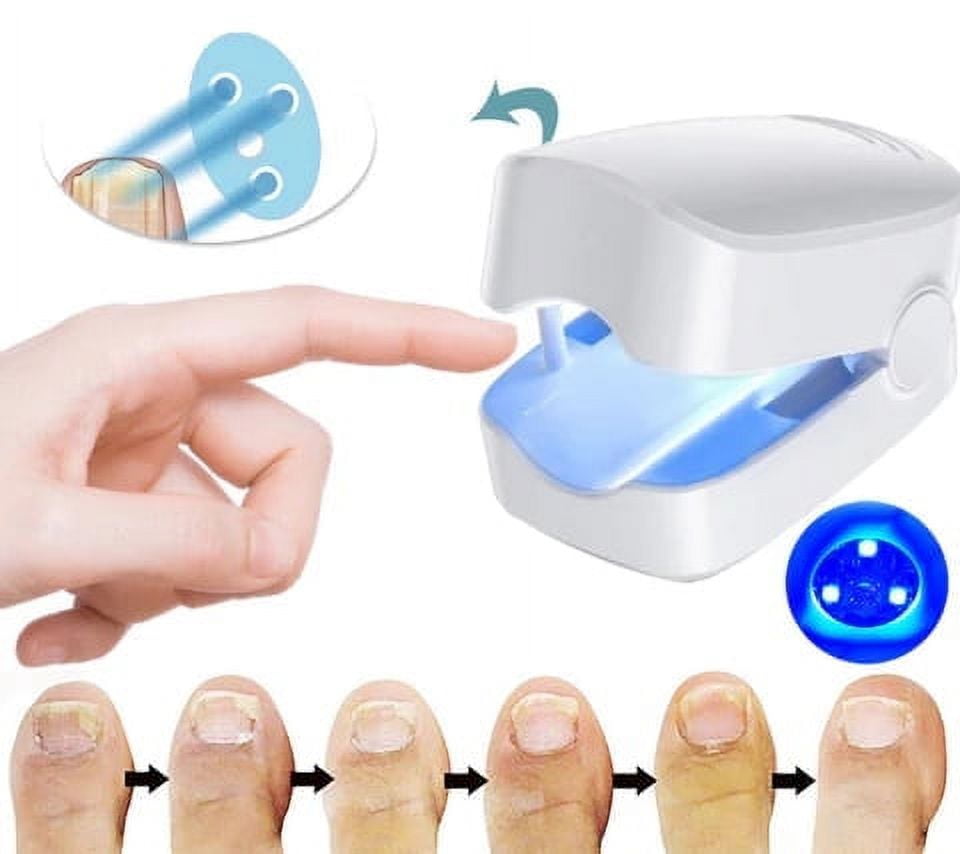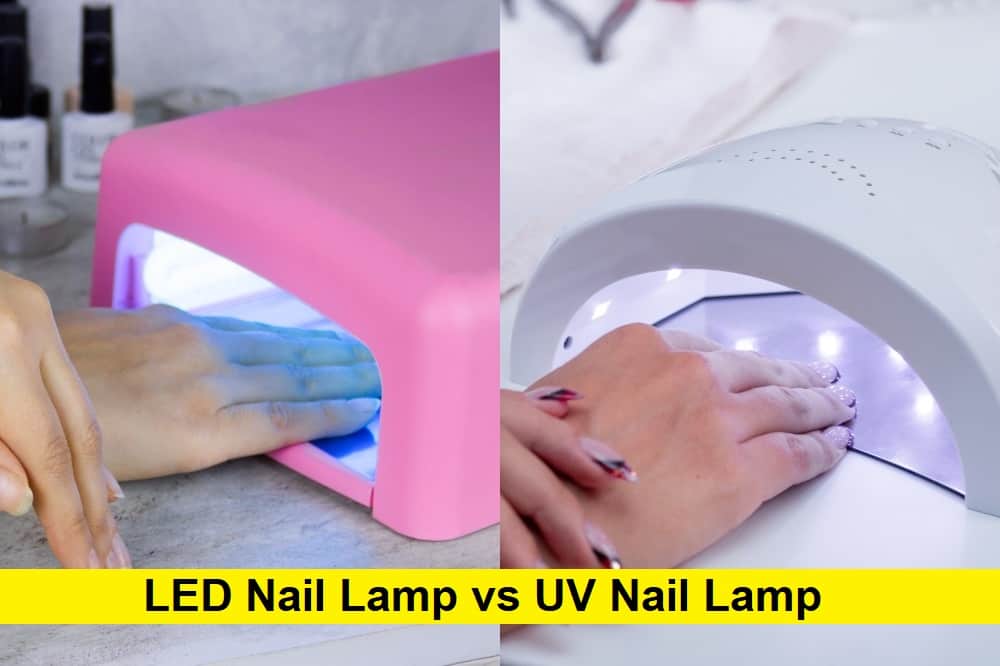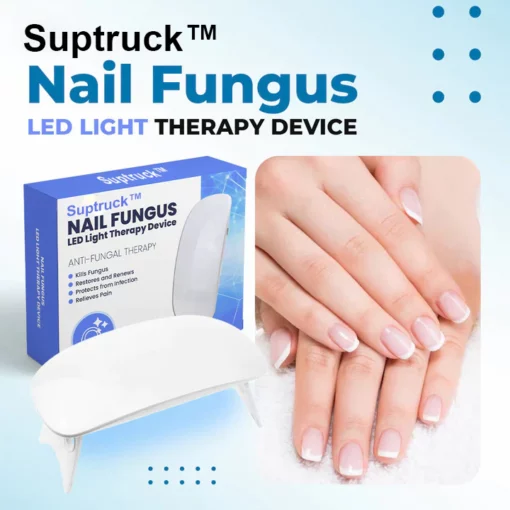Best Uv Light For Nail Fungus

Nail fungus, or onychomycosis, affects millions worldwide, leading many to seek effective treatment options beyond traditional medications. While oral and topical antifungals remain common choices, the potential of UV light therapy is gaining attention as a promising alternative or complementary approach. But which UV light devices are proving most effective, and what does the research say about their safety and efficacy?
This article explores the current landscape of UV light therapy for nail fungus, examining the types of devices available, the scientific evidence supporting their use, and expert opinions on their potential benefits and risks. Understanding the nuances of this emerging treatment modality is crucial for both patients and healthcare professionals navigating the complexities of onychomycosis management.
Understanding UV Light and Nail Fungus
Onychomycosis is a fungal infection that affects the nails, causing thickening, discoloration, and often pain or discomfort. The infection is typically caused by dermatophytes, yeasts, or molds, thriving in the warm, moist environments found around toenails and fingernails. Traditional treatments can be lengthy and, in the case of oral antifungals, can carry potential side effects.
UV light therapy, specifically using UVB or UVC light, aims to disrupt the DNA of the fungal organisms, inhibiting their growth and reproduction. The use of UV light leverages its antimicrobial properties to target the infection at its source.
Types of UV Light Devices for Nail Fungus
Several types of UV light devices are marketed for treating nail fungus, ranging from handheld devices intended for home use to more powerful systems found in clinical settings. These devices vary significantly in their light intensity, wavelength, and treatment duration.
Handheld UV light devices are designed for convenient, at-home use. They typically emit either UVB or UVC light, claiming to penetrate the nail and target the fungus.
Clinical UV light systems, often found in podiatry or dermatology offices, may offer more powerful and precise light delivery. These systems are usually administered by trained professionals and may involve a series of treatment sessions.
Scientific Evidence and Research Findings
The efficacy of UV light therapy for nail fungus is still an area of ongoing research. While some studies have shown promising results, others have yielded mixed or inconclusive findings.
One study published in the Journal of the American Academy of Dermatology investigated the use of UVC light for onychomycosis. The results showed a reduction in fungal load in some participants, suggesting potential for further exploration.
However, a review of multiple studies in the Cochrane Database of Systematic Reviews highlighted the need for more high-quality, randomized controlled trials to definitively determine the effectiveness of UV light therapy compared to other treatments. The review emphasized the limitations of existing research, including small sample sizes and variations in treatment protocols.
Expert Opinions and Recommendations
Experts in dermatology and podiatry offer varied perspectives on the use of UV light therapy for nail fungus.
Dr. Emily Carter, a dermatologist specializing in fungal infections, suggests that while UV light therapy may offer a potential alternative for patients who cannot tolerate oral medications, it should be approached with caution. She emphasizes the importance of consulting with a healthcare professional to determine the suitability of this treatment and to understand the potential risks involved.
Dr. David Lee, a podiatrist with experience in treating onychomycosis, notes that UV light therapy should not be considered a standalone solution for severe cases. He advocates for a comprehensive approach that may include topical or oral medications, along with proper nail hygiene practices.
Safety Considerations and Potential Risks
Like any medical treatment, UV light therapy for nail fungus carries potential risks. Overexposure to UV radiation can lead to skin damage, including burns and an increased risk of skin cancer.
It is crucial to follow the manufacturer's instructions carefully when using handheld UV light devices at home. Protective eyewear is often recommended to prevent eye damage from UV exposure.
Individuals with a history of skin cancer or those who are particularly sensitive to UV light should consult with a healthcare professional before considering UV light therapy for nail fungus. Pregnant women and individuals with certain medical conditions may also need to avoid this treatment.
Choosing the Right Device and Treatment Approach
Selecting the "best" UV light device for nail fungus depends on individual needs and preferences, as well as the severity of the infection. Consulting with a healthcare professional is essential to determine the most appropriate treatment approach.
Factors to consider include the device's UV wavelength (UVB or UVC), light intensity, treatment duration, and safety features. User reviews and testimonials can also provide valuable insights, but should be evaluated critically.
It's important to understand that UV light therapy may not be effective for all types of nail fungus. A proper diagnosis is essential to ensure that the treatment is targeting the specific fungal organism causing the infection.
The Future of UV Light Therapy for Nail Fungus
Ongoing research and technological advancements may lead to more effective and safer UV light devices for treating nail fungus in the future. The development of targeted light therapies and improved delivery methods could enhance the treatment's efficacy while minimizing potential risks.
As more studies are conducted and clinical experience grows, the role of UV light therapy in onychomycosis management will become clearer. In the meantime, it's crucial to approach this treatment option with a balanced perspective, considering both its potential benefits and limitations.
The key takeaway is that UV light therapy remains a promising, but not fully established, treatment option for nail fungus. Patients should engage in thorough discussions with their healthcare providers to determine if it's the right approach for them.
